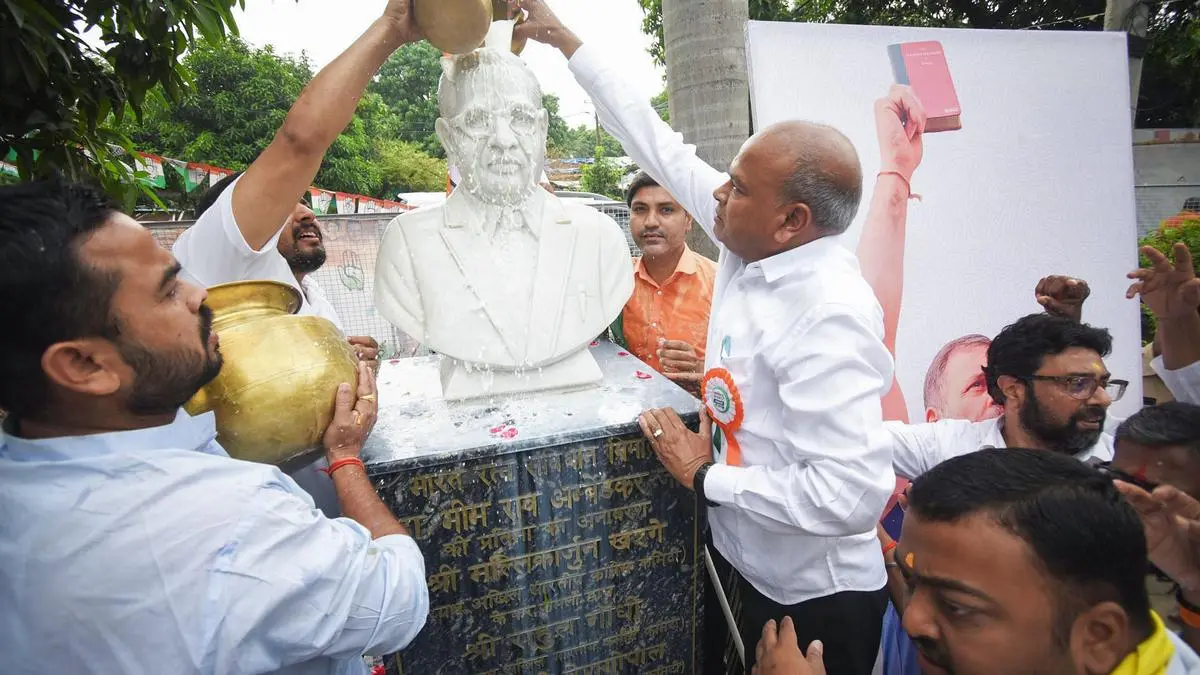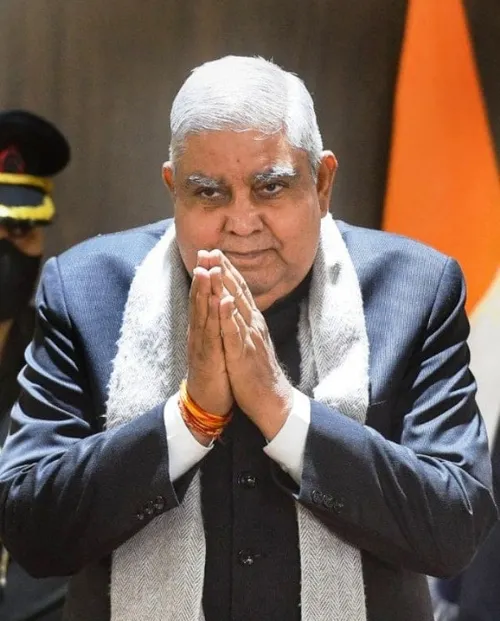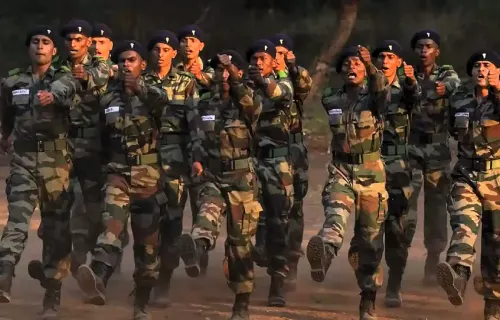
Bihar Congress President Rajesh Ram with supporters pour milk on the bust of Dr. BR Ambedkar in Patna on Thursday, as they celebrate the Centre’s decision to conduct caste census
| Photo Credit:
ANI
Pulling off a political surprise, the BJP-led NDA government has announced the inclusion of caste enumeration in the national census. The announcement knocks down the Opposition’s carefully-constructed caste plank in poll-bound Bihar. In truth, the ‘caste census’ plank is a case of the BJP course-correcting from 2024 Parliamentary elections when the Congress and its ally, Samajwadi Party, got the better of it in Uttar Pradesh. By juxtaposing caste census with Constitution, the Opposition alliance ended up blunting the BJP’s Hindutva pitch and consolidated the OBC and Dalit population in their favour. The BJP would like to prevent a repeat in Bihar.
While all of this smacks of political cynicism, the more important question is – what exactly does the government want to achieve by enumerating different castes? A caste census can provide crucial data to quantify socio-economic disparities, identify marginalised caste groups and frame welfarist policies. However, the reality is that these lofty goals are almost never the motivation for politicians spearheading any policy decision to enumerate caste. Such endeavours end up stirring different caste groups into demanding the expansion of reservation for the OBCs beyond the 50 per cent ceiling imposed by the Supreme Court in the Indra Sawhney case.
It is instructive to see how caste surveys in Karnataka, Telangana and Bihar have played out. The Socio-Economic and Educational Survey in Karnataka, submitted in February 2024, has created tensions with three dominant caste groups —Vokkaligas, Lingayats and Brahmins — asserting that they have been under-counted. The report is yet to be officially accepted as a result of dissensions within the State government. It is hard to say whether it will lead up to constructive policy. In Telangana, a similar survey has prompted the State to increase OBC quotas to 42 per cent (from 23 per cent) in education, employment and political bodies. Bihar has announced an increase in reservation quotas for SCs, STs, OBCs and EBCs, raising the total quotas from 50 per cent to 75 per cent.
A key question is whether the quotas alone can redress socio-economic disparities. Tamil Nadu, with 69 per cent reservation, has done well in its social development indices by focusing on universal welfare, besides pursuing affirmative action. However, Bihar is way below the national average on education and health indicators. This is because champions of social justice in Bihar and UP have merely focused on reservation for decades, inexplicably neglecting social development. Bihar Chief Minister Nitish Kumar had earlier refused to act on a comprehensive action report on a common school system, prepared by former foreign secretary Muchkund Dubey in 2007. Telangana, a backward region and new State, should not repeat these mistakes. Meanwhile, the Centre needs to ensure that social justice goes beyond affirmative action and results in policies that address social inequalities.
Published on May 1, 2025
Anurag Dhole is a seasoned journalist and content writer with a passion for delivering timely, accurate, and engaging stories. With over 8 years of experience in digital media, she covers a wide range of topics—from breaking news and politics to business insights and cultural trends. Jane's writing style blends clarity with depth, aiming to inform and inspire readers in a fast-paced media landscape. When she’s not chasing stories, she’s likely reading investigative features or exploring local cafés for her next writing spot.






